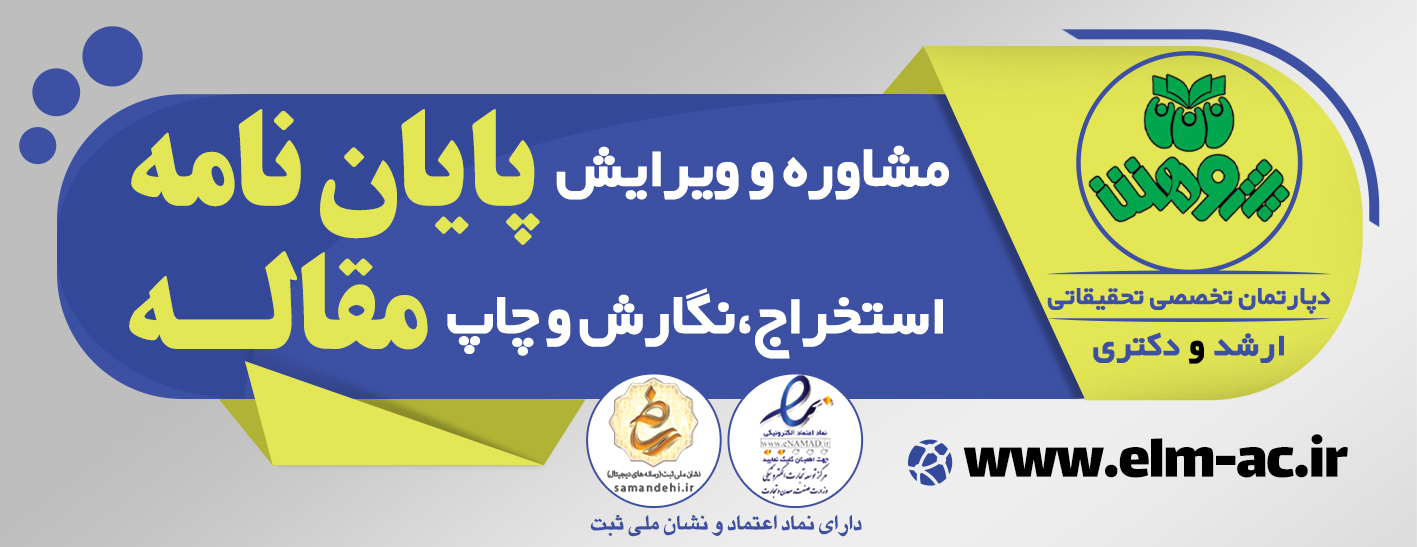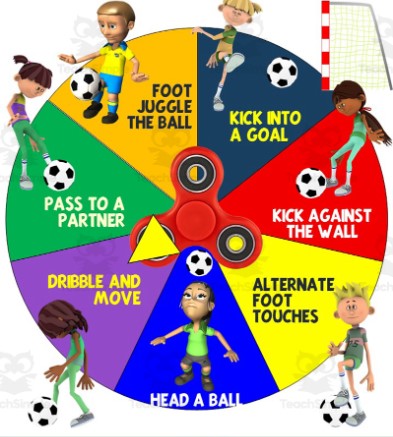بایرامی، رقیه؛ ابراهیمی پور، حسین؛ ابراهیمی، مرضیه؛ فروتنی، محمدرضا و نجف زاده، بلال. (1392). آگاهی، نگرش و عملکرد کارکنان بهداشتی- درمانی در زمینه مراقبت های پیش بارداری. پژوهش و سلامت، 3(4)، 519-526.
جدیدی، ملیحه. (1402). اثربخشی خود شفابخشی بر خودتنظیم گری هیجانی و خودمراقبتی و اشتیاق شغلی بیماران قلبی. پایان نامه کارشناسی ارشد مشاوره شغلی، دانشگاه پیام نور، مرکز اصفهان.
خوشنویس، الهه و ستاری، شیما. (1398). آموزش خودمراقبتی: روشی برای پیشگیری از سوء استفاده از کودکان و جلوگیری از آزار جنسی آنها. چاپ دوم، نشر ثالث.
زاهد نخجیری، لیلا؛ درویش پور، آذر؛ پورقانع، پرند و غلامی چابکی، بهاره. (1400). وضعیت خودمراقبتی در سالمندان مبتلا به نارسایی قلبی بستری در بخش های مراقبت ویژه قلبی بیمارستان های دولتی شرق گیلان در سال 1399. نشریه پرستاری ایران، 34(129)، 67-81.
سیاری، علی اکبر؛ مقیمی، داود؛ یزدانی، شهرام و رفیعیفر، شهرام. (1393). راهنمای توانمندسازی خانوادهها برای خودمراقبتی (ویژه پزشک خانواده و تیم سلامت). چاپ اول، نشر مهرراوش.
عبادی فرد آذر، فربد؛ حیدری، حسن و صلحی، مهناز. (1395). بررسی رابطه رفتار خودمراقبتی با منبع کنترل سلامت در افراد مبتلا به دیابت نوع دو. نشریه علوم پزشکی رازی، 23(5)، 84-92.
مولادوست، اعظم؛ جبل عاملی، شیدا؛ سجادیه خواجویی، امیررضا و فرضی، صدیقه. (1401). الگوی ساختاری تأثیر سرمایه روانشناختی بر خودمراقبتی با نقش میانجی شفقتورزی به خود در بیماران قلبی. مجله تحقیقات نظام سلامت، ۱۸(۱)، ۲۳-۲۹.
میرصفایی، لیا و کاویانی، حسن. (1398). تبیین عوامل موثر بر روند اثربخشی مداخلات آموزش خود مراقبتی در بیماران قلبی. پیاورد سلامت، ۱۳(۶)، ۴۷۶-۴۹۱.
Ajzen, I. (1991). The theory of planned behavior. Organizational behavior and human decision processes, 50(2), 179-211.
Bandura, A. (1982). Self-efficacy mechanism in human agency. American psychologist, 37(2), 122.
Bandura, A. (2006). Guide for constructing self-efficacy scales. Self-efficacy beliefs of adolescents, 5(1), 307-337.
Benight, C. C., & Bandura, A. (2004). Social cognitive theory of posttraumatic recovery: The role of perceived self-efficacy. Behaviour research and therapy, 42(10), 1129-1148.
De Maria, M., Ferro, F., Ausili, D., Alvaro, R., De Marinis, M. G., Di Mauro, S., ... & Vellone, E. (2020). Development and psychometric testing of the self-care in COVID-19 (SCOVID) scale, an instrument for measuring self-care in the COVID-19 pandemic. International journal of environmental research and public health, 17(21), 7834.
Fisher, J. D., Fisher, W. A., Misovich, S. J., Kimble, D. L., & Malloy, T. E. (1996). Changing AIDS risk behavior: effects of an intervention emphasizing AIDS risk reduction information, motivation, and behavioral skills in a college student population. Health Psychology, 15(2), 114.
Freedland, K. E., Skala, J. A., Steinmeyer, B. C., Carney, R. M., & Rich, M. W. (2021). Effects of depression on heart failure self-care. Journal of cardiac failure, 27(5), 522-532.
Heilbroner, R. L., Ajzen, I., Fishbein, M., & Thurow, L. C. (1980). Understanding attitudes and predicting social behavior. Prentice Hall.
Jaarsma, T., Cameron, J., Riegel, B., & Stromberg, A. (2017). Factors related to self-care in heart failure patients according to the middle-range theory of self-care of chronic illness: a literature update. Current heart failure reports, 14, 71-77.
Lee, S. H., & Yang, S. J. (2017). Factors associated with rotavirus vaccination behavior among mothers of infants: Using the health belief model. Journal of Korean Public Health Nursing, 31(1), 34-46.
Monroe, B. M., & Read, S. J. (2008). A general connectionist model of attitude structure and change: the ACS (Attitudes as Constraint Satisfaction) model. Psychological review, 115(3), 733.
Riegel, B., Westland, H., Iovino, P., Barelds, I., Slot, J. B., Stawnychy, M. A., ... & Jaarsma, T. (2021). Characteristics of self-care interventions for patients with a chronic condition: A scoping review. International journal of nursing studies, 116, 103713.
Rosenstock, I. M. (1974). The health belief model and preventive health behavior. Health education monographs, 2(4), 354-386.
Son, Y. J., Choi, J., & Lee, H. J. (2020). Effectiveness of nurse-led heart failure self-care education on health outcomes of heart failure patients: a systematic review and meta-analysis. International Journal of environmental research and public health, 17(18), 6559.
Sutton, S., McVey, D., & Glanz, A. (1999). A comparative test of the theory of reasoned action and the theory of planned behavior in the prediction of condom use intentions in a national sample of English young people. Health Psychology, 18(1), 72.
Ya-Orm, Y. (2001). The effects of promoting family participation in patient care of head injury patients on patients' health status. Mahidol University. Mahidol University Library and Knowledge Center.

















